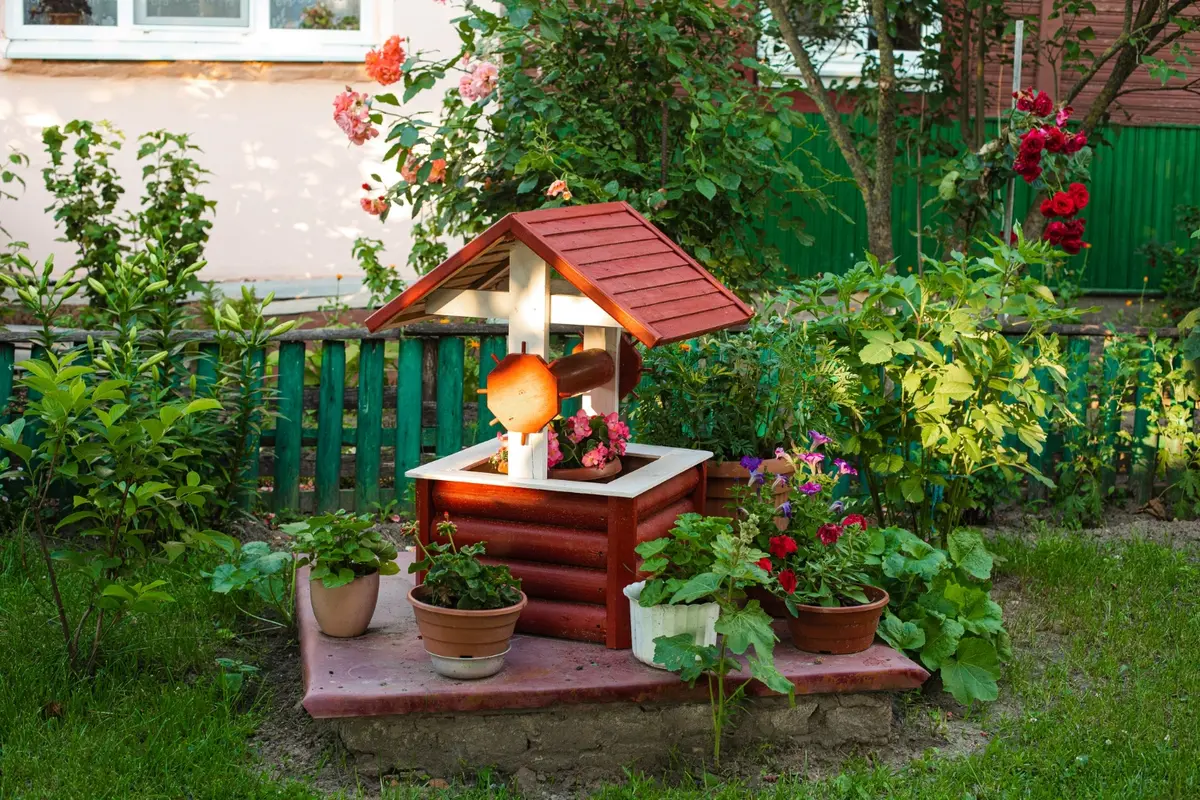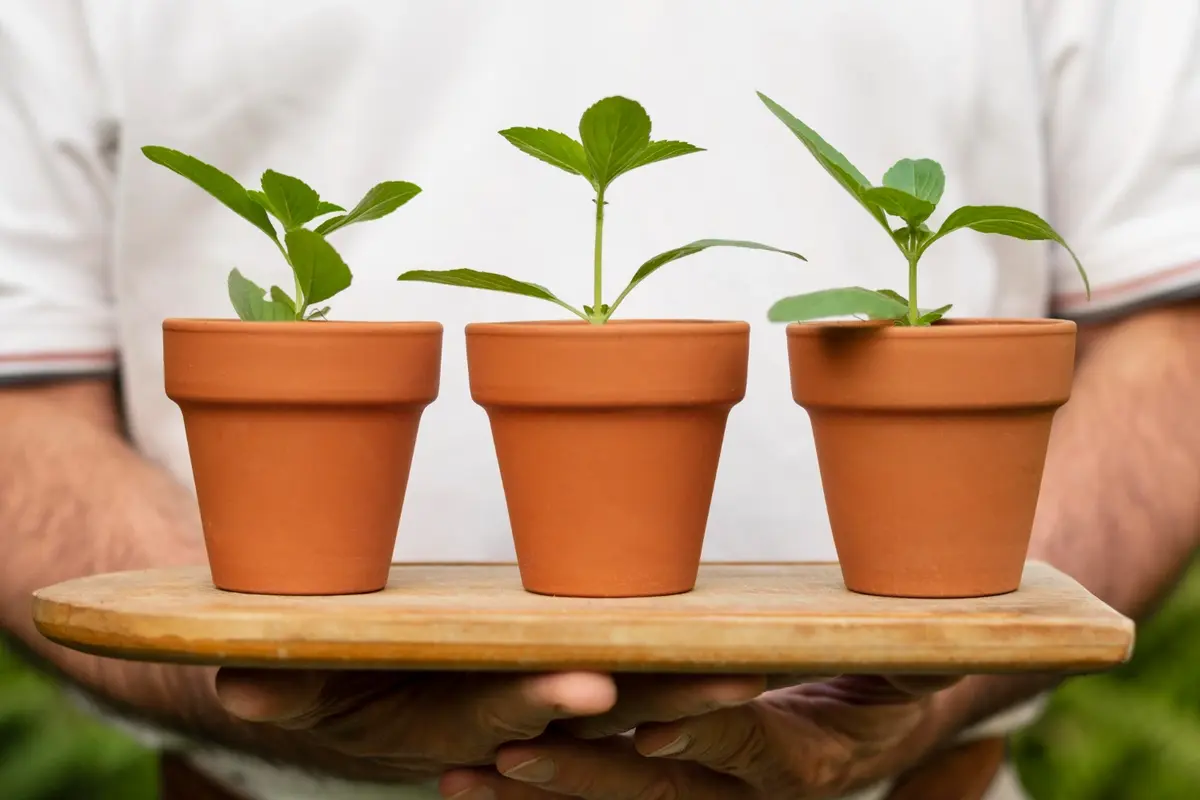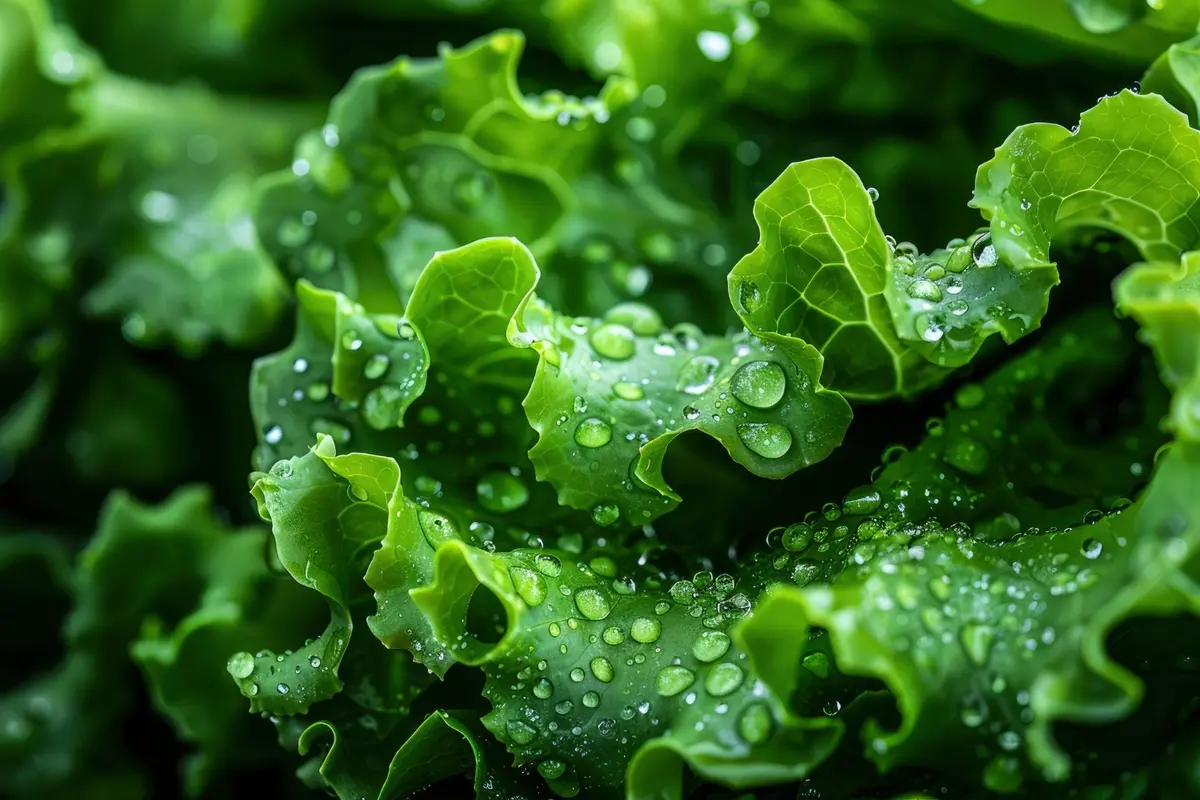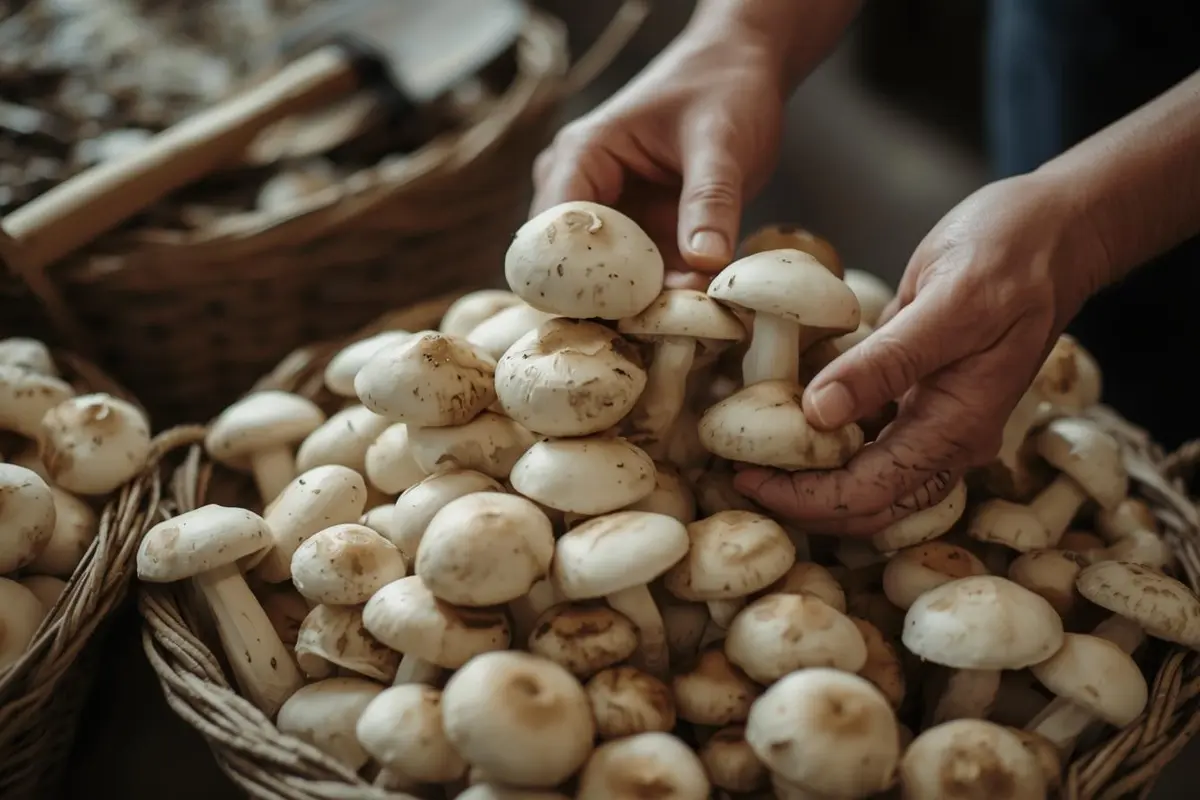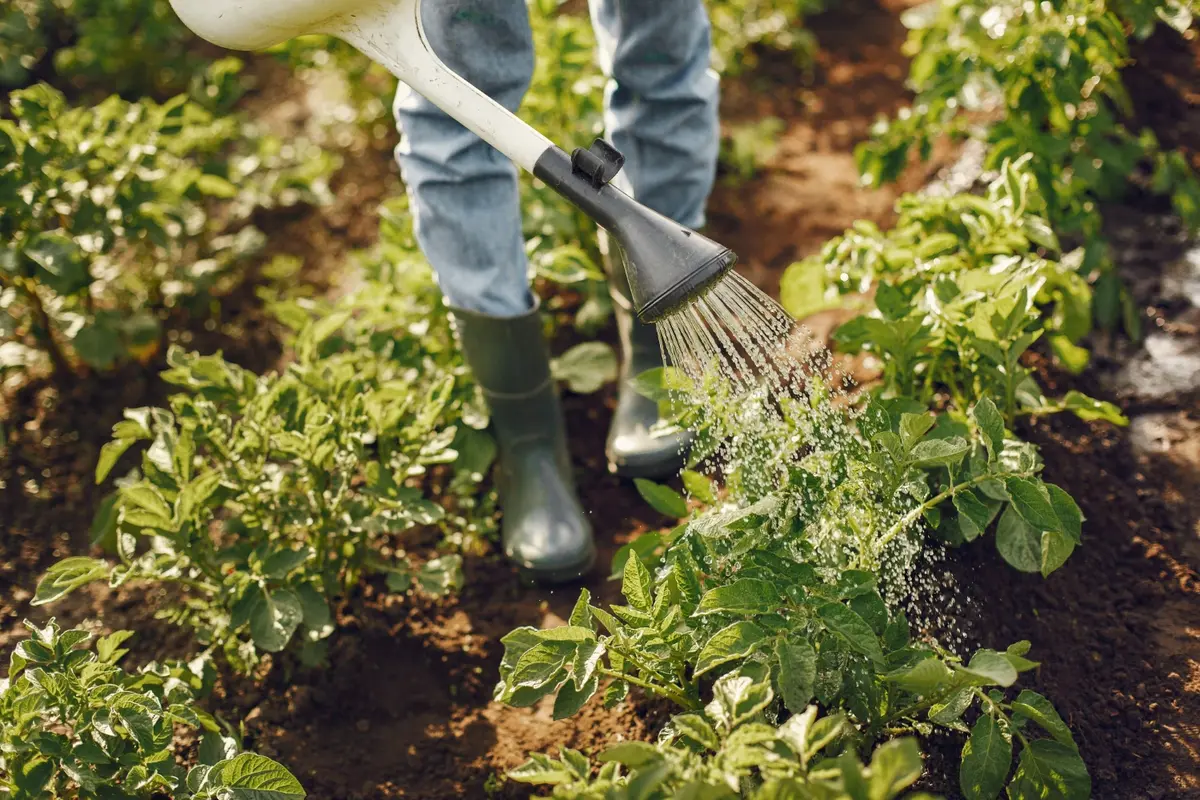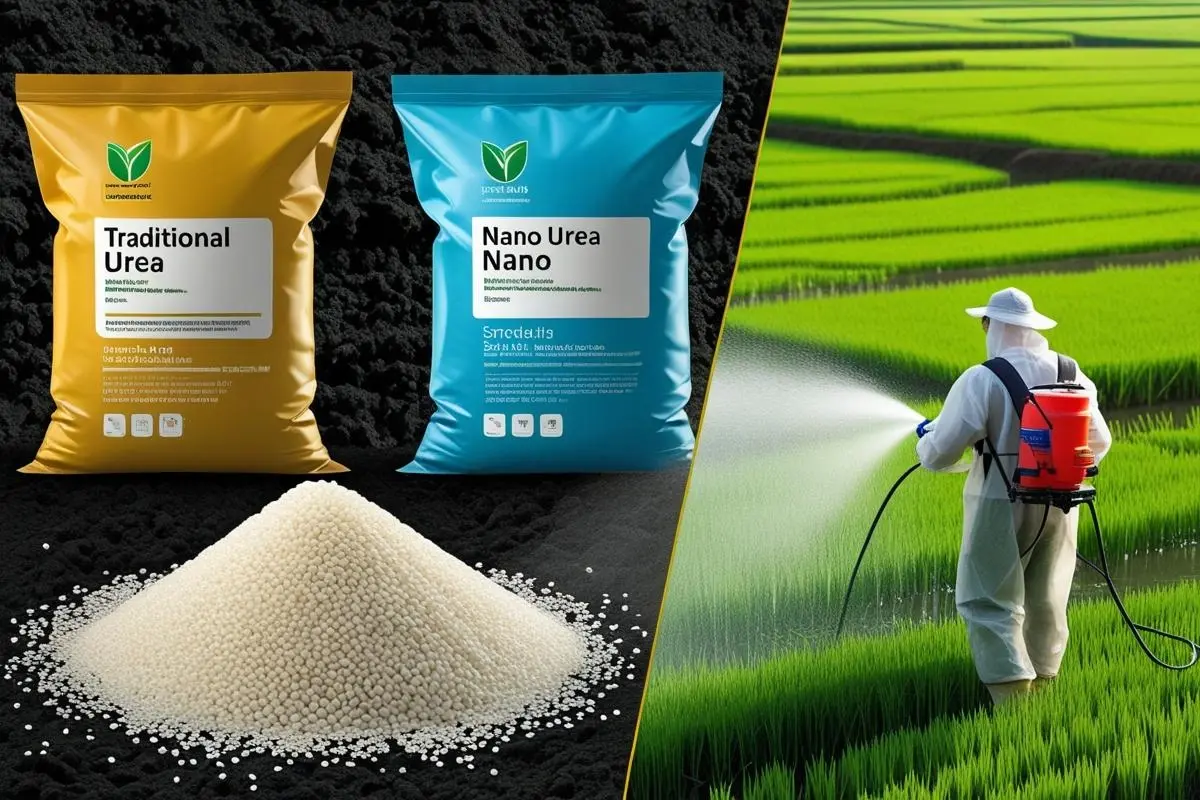Starting your own garden at home is an outstanding and enjoyable experience, even if you’ve never touched a plant before. If you’re wondering how to start a home garden for beginners step by step, this guide will walk you through the entire process, from choosing the right spot to planting your first seeds. Whether you have a big backyard or a small balcony, with a little planning, patience, and care, you’ll grow fresh herbs, vegetables, or flowers in no time!
Table of Contents
How to Start a Home Garden for Beginners: Step by Step
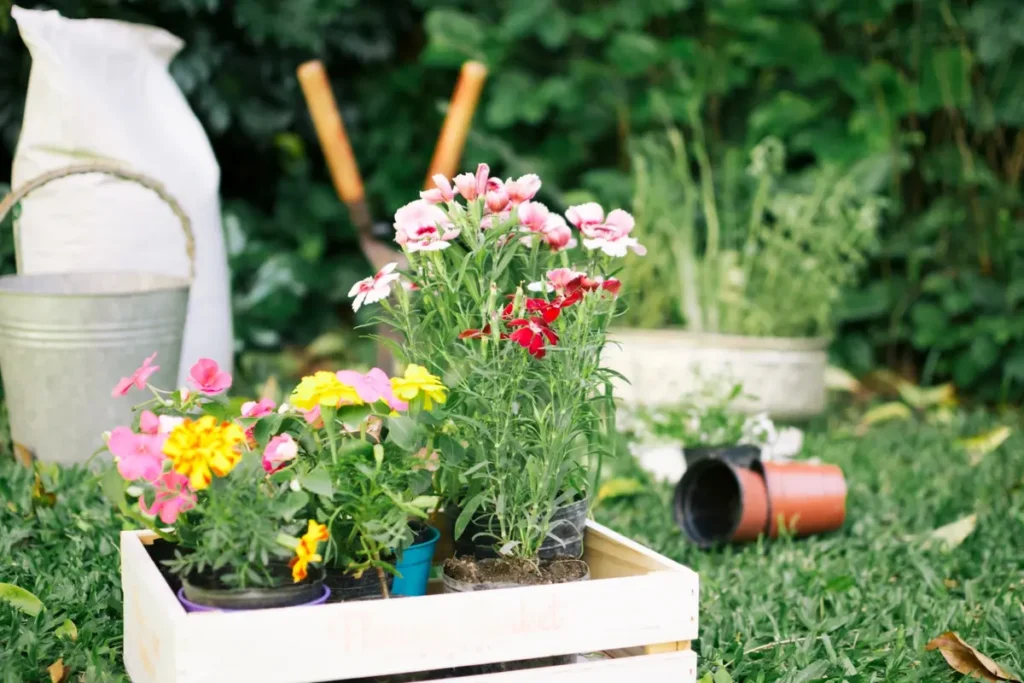
1. Choose the Right Location
Choose the right location as your first step – It forms the foundation of a successful home garden, especially for beginners.
Ensure 4 to 6 hours of direct sunlight daily – Most plants require this amount of sunlight to grow properly.
Suitable spaces can include – Backyards, balconies, terraces, or even sunny windowsills.
Ensure easy access for daily tasks – The location should be convenient for regular care like watering, pruning, and monitoring.
Look for protection from harsh elements – Choose a spot that is sheltered from strong winds and other extreme weather.
Check for good drainage – Avoid areas where water tends to collect or where soil stays soggy after rain.
Keep it close to a water source – Proximity to a tap or watering can refill point makes maintenance easier.
2. Decide What You Want to Grow
Choose what to grow based on your preferences – Think about whether you want to grow vegetables, herbs, or flowers to suit your needs and interests.
Consider your local climate and growing conditions – Some plants thrive in warm, sunny areas while others prefer cooler or shaded environments.
Assess your available space and sunlight exposure – Balcony, terrace, or backyard? Match your plant choices with the amount of space and sunlight you have.
Start with easy-to-grow plants for limited space – Leafy greens like spinach and lettuce, and herbs like basil, mint, or coriander are great for containers and shallow soil.
Grow low-maintenance vegetables if you have more space – Tomatoes, chilies, radishes, and beans are beginner-friendly and offer a rewarding harvest.
Match your plant choices with your time commitment – If you’re short on time, go for low-care options like succulents and hardy herbs instead of high-maintenance plants.
3. Prepare the Soil or Containers
Prepare the soil or containers carefully – This step is crucial as it directly affects plant health and growth right from the start.
Loosen garden soil to 8–12 inches depth – If planting in the ground, use a spade or hoe to break up the soil, ensuring better aeration and root penetration.
Remove weeds and stones from the soil – Cleaning the soil surface helps reduce competition for nutrients and creates a cleaner planting bed.
Mix in organic compost or manure – Adding well-rotted manure or compost improves soil fertility, drainage, and structure for better plant development.
Use containers with drainage holes – For potted gardening, choose pots or grow bags that allow excess water to escape, preventing root rot.
Fill containers with a quality potting mix – Use a well-draining blend of garden soil, compost, cocopeat, and sand or perlite for a light, nutrient-rich growing medium.
Ensure good moisture retention and drainage – The right potting mix retains enough moisture for roots but drains excess water to avoid soggy conditions.
4. Get the Right Tools and Supplies
Get the right tools and supplies – It makes your gardening experience smooth and efficient, especially as a beginner.
Start with a hand trowel – Ideal for digging small holes and transplanting seedlings.
Use pruning shears – They help in trimming and maintaining healthy plant growth.
Have a watering can or hose with a gentle spray – Ensures even watering without damaging delicate plants.
Wear gardening gloves – Protects your hands from dirt, thorns, and insects.
Keep a small rake or garden fork – Useful for loosening soil and removing weeds.
Use containers or pots with drainage holes – Prevents waterlogging and supports healthy root development.
Choose a high-quality potting mix – Provides the necessary nutrients and aeration for plant roots.
Add organic compost – Improves soil fertility and boosts plant growth naturally.
5. Plant Your Seeds or Seedlings
Read the seed packet or plant label before planting – Different plants have specific spacing, depth, and care requirements that are essential for healthy growth.
Follow general planting depth guidelines – As a rule of thumb, plant seeds at a depth about twice their size to ensure proper germination.
Give your plants enough space to grow – Space seeds or seedlings far enough apart to allow proper airflow, root expansion, and healthy development.
Handle seedlings with care when transplanting – Gently remove them from nursery containers to avoid damaging the delicate roots.
Prepare the soil and plant carefully – Dig a small hole, place the seedling in it, and cover with soil. Press lightly around the base to secure it.
Water immediately after planting – This helps settle the soil around seeds or seedlings and aids in reducing transplant shock.
6. Water and Care Regularly
Water your plants regularly – Consistent watering is key to healthy growth and helps prevent issues like wilting or root rot.
Check soil moisture daily – If the top inch of soil feels dry to the touch, it’s time to water.
Use a gentle watering can – A spout with a soft flow prevents disturbing soil or damaging young plants.
Water at the right time – Early morning or late evening is ideal to reduce evaporation and help plants absorb moisture efficiently.
Remove weeds promptly – Weeds compete with your plants for nutrients and should be cleared regularly.
Watch for pests and diseases – Early detection of pests or signs of disease helps protect plant health.
Prune dead or yellowing leaves – Removing unhealthy foliage encourages fresh growth and keeps your plants thriving.
7. Give Plants Support if Needed
Support climbers and tall-growing vegetables – Plants like tomatoes, beans, cucumbers, and peppers need physical support to grow upright and stay strong.
Prevent bending and breakage – Providing support helps avoid stems breaking or plants collapsing, which can reduce yields and cause disease.
Use simple support materials – Wooden stakes, bamboo poles, or garden netting are easy and effective tools to guide plant growth vertically.
Tie plants gently – Use soft twine or cloth strips to secure plants to their support without damaging their delicate stems.
Improve airflow and sunlight – Vertical support improves air circulation and light exposure, helping plants grow healthier and reducing the risk of disease.
8. Enjoy and Harvest
Harvest time is one of the most rewarding moments – It marks the success of your efforts and brings joy to every home gardener.
Check plants regularly for signs of readiness – Ripe tomatoes should be firm and red, leafy greens look full and fresh, and herbs like basil or mint can be picked anytime once mature.
Harvest at the right time for best flavor and productivity – Timely picking improves taste and encourages the plant to produce more.
Use clean scissors or pruners while harvesting – This prevents damage to the plant and keeps it healthy for future growth.
Enjoy the gardening experience beyond the harvest – Take a moment to admire your plants, breathe in the fresh scent, and feel proud of your green achievement.
Your garden is more than just a food source – It’s a peaceful space that brings relaxation, joy, and a sense of accomplishment.
Common Mistakes to Avoid When Starting a Home Garden
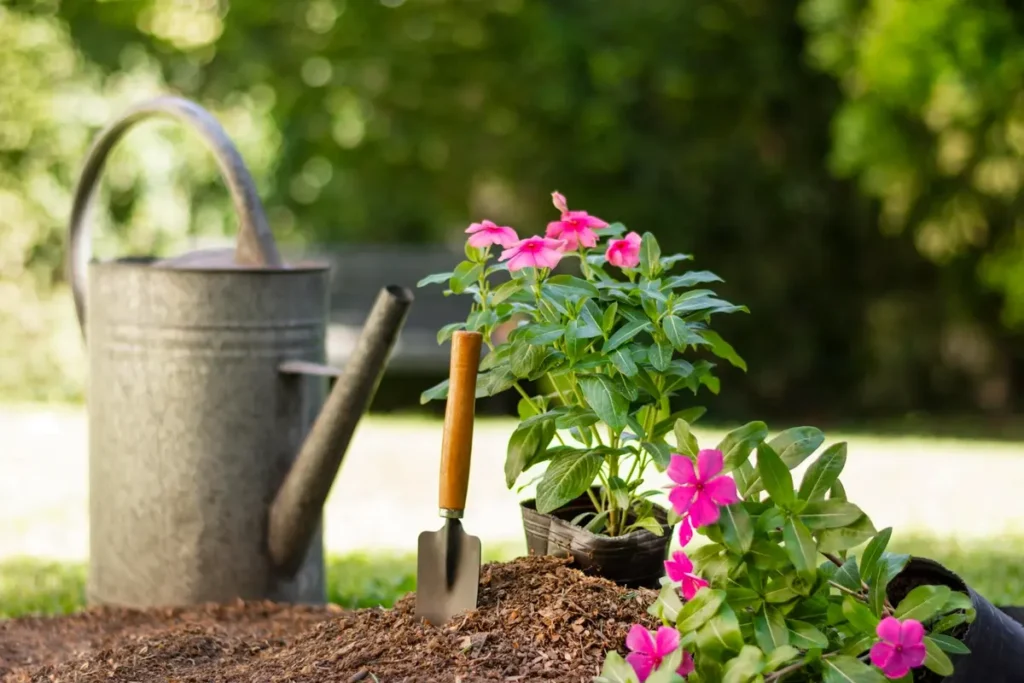
Starting Too Big Too Soon: Many beginners try to grow too many plants at once, which can become overwhelming. Start small with a few easy-to-grow plants to learn and build confidence.
Ignoring Sunlight Requirements: Placing plants in areas with insufficient sunlight is a common error. Most vegetables and flowers need at least 4–6 hours of direct sunlight daily to thrive.
Overwatering or Underwatering: New gardeners often water too much or too little. Always check the soil moisture before watering; the soil should be slightly moist but not soggy or dry.
Using Poor Quality Soil: Using garden soil directly without enriching it can lead to poor plant growth. Always use nutrient-rich potting mix or amend the soil with compost for better results.
Planting at the Wrong Time: Planting out of season or during extreme weather conditions can harm your garden. Always check the best planting time based on your local climate and growing zone.
Not Spacing Plants Properly: Crowding plants too closely can lead to poor air circulation, disease, and stunted growth. Follow spacing instructions for each plant to ensure healthy development.
Neglecting Pest and Disease Control: Ignoring early signs of pests or plant diseases can quickly lead to garden damage. Regularly inspect plants and use natural remedies or organic treatments as needed.
Lack of Consistent Care: Inconsistent watering, fertilizing, or pruning can hinder plant growth. Make gardening a daily or weekly habit to keep your plants healthy and productive.
Expecting Instant Results: Gardening requires patience. Plants need time to grow, bloom, or produce. Avoid frustration by setting realistic expectations and enjoying the process.
Conclusion
Starting a home garden may seem challenging at first, but by following a simple step-by-step approach, even beginners can grow a thriving green space. From choosing the right location to planting and caring for your crops, each step brings you closer to enjoying the joy of homegrown herbs, vegetables, or flowers. The key is to start small, stay consistent, and enjoy the learning process. With time, your home garden will not only provide fresh produce but also add beauty and peace to your living space.

